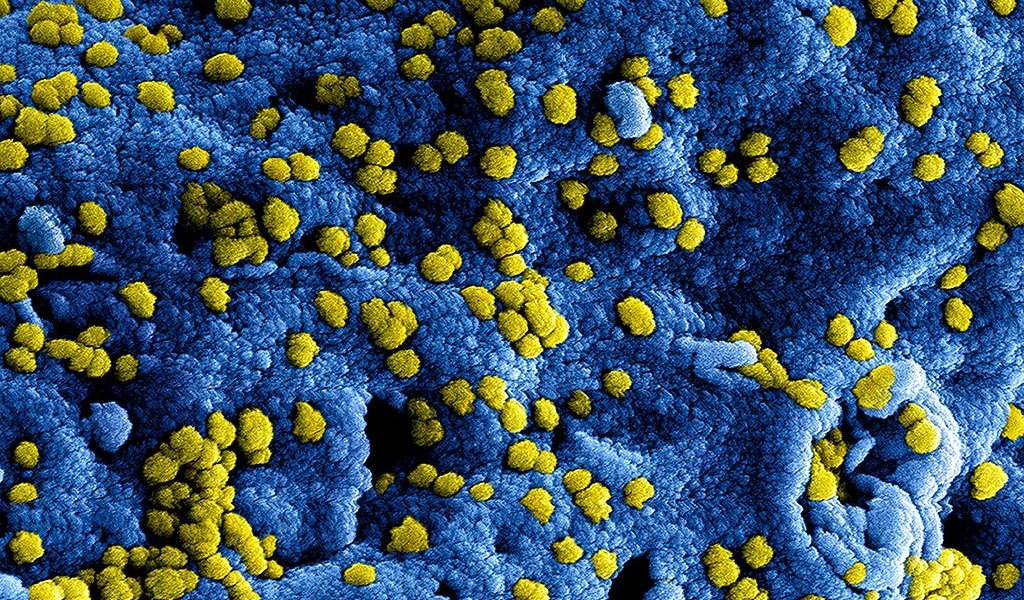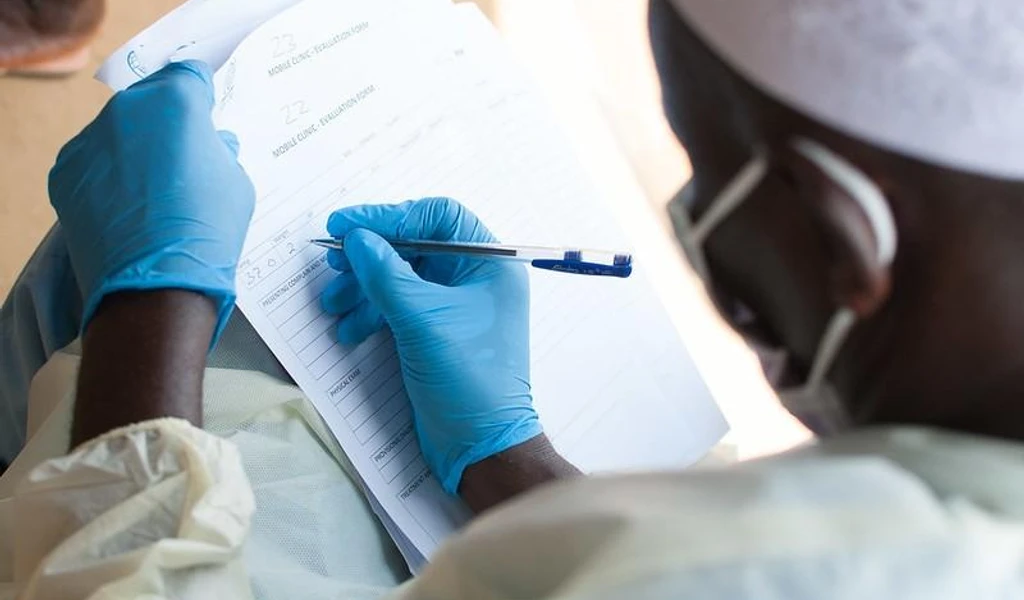Lassa fever emergency phase declared over in Nigeria, ongoing Ebola outbreak in DRC, and new research on Middle East Respiratory Syndrome and Nipah.
Information available within this Disease Outbreak Update is produced by Program for Monitoring Emerging Diseases (ProMED).
Note: Content may be edited for style and length.
Lassa Fever
Location
Nigeria
Outbreak Update
Nigeria Centre for Disease Control, 30 May 2019
Following a recent joint epidemiological review by the Nigeria Centre for Disease Control (NCDC), WHO Nigeria, and other partners, the federal government declared that the emergency phase of Lassa fever is over.
This is coming after the bodies combated the disease that claimed not less than 129 lives across 21 states in the country. The statement that contained the declaration was co-signed by the NCDC's director general, Chikwe Ihekweazu, and Clement Peter, the officer-in-charge of the World Health Organization, Nigeria, (WHO), Premium Times reports.
See the full ProMED post here.
Ebola
Location
Democratic Republic of Congo (North Kivu and Ituri provinces)
Outbreak Update
DRC Ministry of Health, Tue 28 May 2019
The epidemiological situation of the Ebola virus disease in the provinces of North Kivu and Ituri dated 27 May 2019:
- since the beginning of the epidemic, the cumulative number of cases is 1926, of which 1832 are confirmed and 94 are probable;
- in total, there have been 1287 deaths (1193 confirmed and 94 probable) and 503 people have recovered;
- 383 suspected cases under investigation;
- 6 new confirmed cases, including 2 in Katwa, 2 in Butembo, and 2 in Mabalako;
- 6 new deaths of confirmed cases: 1 community death in Katwa and 5 deaths at ETCs -- 3 in Butembo and 2 in Mabalako;
- 3 new recoveries released from the ETCs -- 2 in Katwa and 1 in Butembo.
For the week of 20-26 May 2019, we recorded
- 2056 suspected cases investigated and tested in the laboratory;
- 88 new confirmed cases;
- the main outbreak epicenters are in Mabalako, Butembo, and Katwa;
- 6 new probable cases validated (the 3 probable cases from Masereka had been erroneously reported from Butembo);
- 57 confirmed deaths. Of these, 25, or 43.9%, were community deaths and 32 occurred in an ETC; and
- 16 new recoveries released from ETCs.
WHO Situation Update, 26 May 2019
Weekly numbers of confirmed Ebola virus disease (EVD) cases have slightly decreased in past weeks. Over the past 7 days, a total of 88 new confirmed cases were reported, compared to the previous week, where 121 new confirmed cases were reported. Katwa, one of the epicentres of the outbreak, reported fewer cases this week, while other health zones such as Mabalako, Kalunguta, and Mandima have seen an increase in case reporting.
Weekly fluctuations in these indicators have been reported in the past, and uncertainties remain with regards to the ability of the surveillance system to identify all new cases in areas faced with ongoing insecurity. Operations are still regularly hampered by security issues, and the risk of national and regional spread remains very high.
Outbreak Response
- 126 084 vaccinated persons;
- 617 people vaccinated on 27 May 2019;
- of those vaccinated, 34 726 are high-risk contacts (HRC), 61 763 are contacts of contacts (CC), and 29 595 are 1st-line providers (FLP);
- Persons vaccinated by health zone: 32 639 in Katwa, 25 294 in Beni, 16 391 in Butembo [total number of people vaccinated can be seen at the source URL above];
- the only vaccine to be used in this outbreak is the rVSV-ZEBOV vaccine, manufactured by the pharmaceutical group Merck, following approval by the Ethics Committee in its decision of 19 May 2018;
- 61 391 293 people under control;
- 80 entry points (PoE) and operational health checkpoints (OHC);
- 106 contaminated health workers;
- one health worker in Katwa, unvaccinated (refusal), is one of the new confirmed cases and one of the new deaths (community deaths); and
- the cumulative number of confirmed/probable cases among health workers is 106 (5.5% of all confirmed/probable cases), including 36 deaths.
Disease Research
The ongoing Ebola epidemic in the Democratic Republic of Congo, 2018-2019, New England Journal of Medicine (NEJM).
The authors conclude that "stopping this epidemic will require the alignment of the principal political and armed groups in eastern DRC in support of the response.
See the full article on NEJM.
See the full ProMED post here.
MERS-CoV
Disease Research
Bactrian camels shed large quantities of Middle East respiratory syndrome coronavirus (MERS- CoV) after experimental infection
Abstract
In 2012, Middle East respiratory syndrome coronavirus (MERS-CoV) emerged. To date, more than 2300 cases have been reported, with an approximate case fatality rate of 35%.
Epidemiological investigations identified dromedary camels as the source of MERS-CoV zoonotic transmission, and evidence of MERS-CoV circulation has been observed throughout the original range of distribution. Currently, it is unknown whether Bactrian camels are susceptible to infection. The distribution of Bactrian camels overlaps partly with that of the dromedary camel in west and central Asia. The receptor for MERS-CoV, DPP4, of the Bactrian camel was 98.3% identical to the dromedary camel DPP4, and 100% identical for the 14 residues that interact with the MERS-CoV spike receptor. Upon intranasal inoculation with 107 plaque-forming units of MERS-CoV, animals developed a transient, primarily upper respiratory tract (URT) infection. Clinical signs of the MERS-CoV infection were benign,ut shedding of large quantities of MERS-CoV from the URT was observed. These data are similar to infections reported with dromedary camel infections and indicate that Bactrians are susceptible to MERS-CoV and, given their overlapping range, are at risk of introduction and establishment of MERS-CoV within the Bactrian camel populations.
See the full study in T and F online
See the full ProMED post here
Nipah
Disease Research
Remdesivir (GS-5734) protects African green monkeys from Nipah virus challenge
Abstract
Nipah virus is an emerging pathogen in the _Paramyxoviridae_ family. Upon transmission of Nipah virus from its natural reservoir, _Pteropus_ spp. fruit bats, to humans, it causes respiratory and neurological disease with a case fatality rate about 70%. Human-to-human transmission has been observed during Nipah virus outbreaks in Bangladesh and India. A therapeutic treatment for Nipah virus disease is urgently needed. Here, we tested the efficacy of remdesivir (GS-5734), a broad-acting antiviral nucleotide prodrug, against Nipah virus Bangladesh genotype in African green monkeys. Animals were inoculated with a lethal dose of Nipah virus, and a once-daily intravenous remdesivir treatment was initiated 24 hours later and continued for 12 days. Mild respiratory signs were observed in 2 of 4 treated animals, whereas all control animals developed severe respiratory disease signs. In contrast to control animals, which all succumbed to the infection, all remsdesivir-treated animals survived the lethal challenge, indicating that remdesivir represents a promising antiviral treatment for Nipah virus infection.
See the full study in Science Translational Medicine
See the full ProMED post here.
Information available within this Disease Outbreak Update is produced by Program for Monitoring Emerging Diseases (ProMED).
Note: Content may be edited for style and length.



